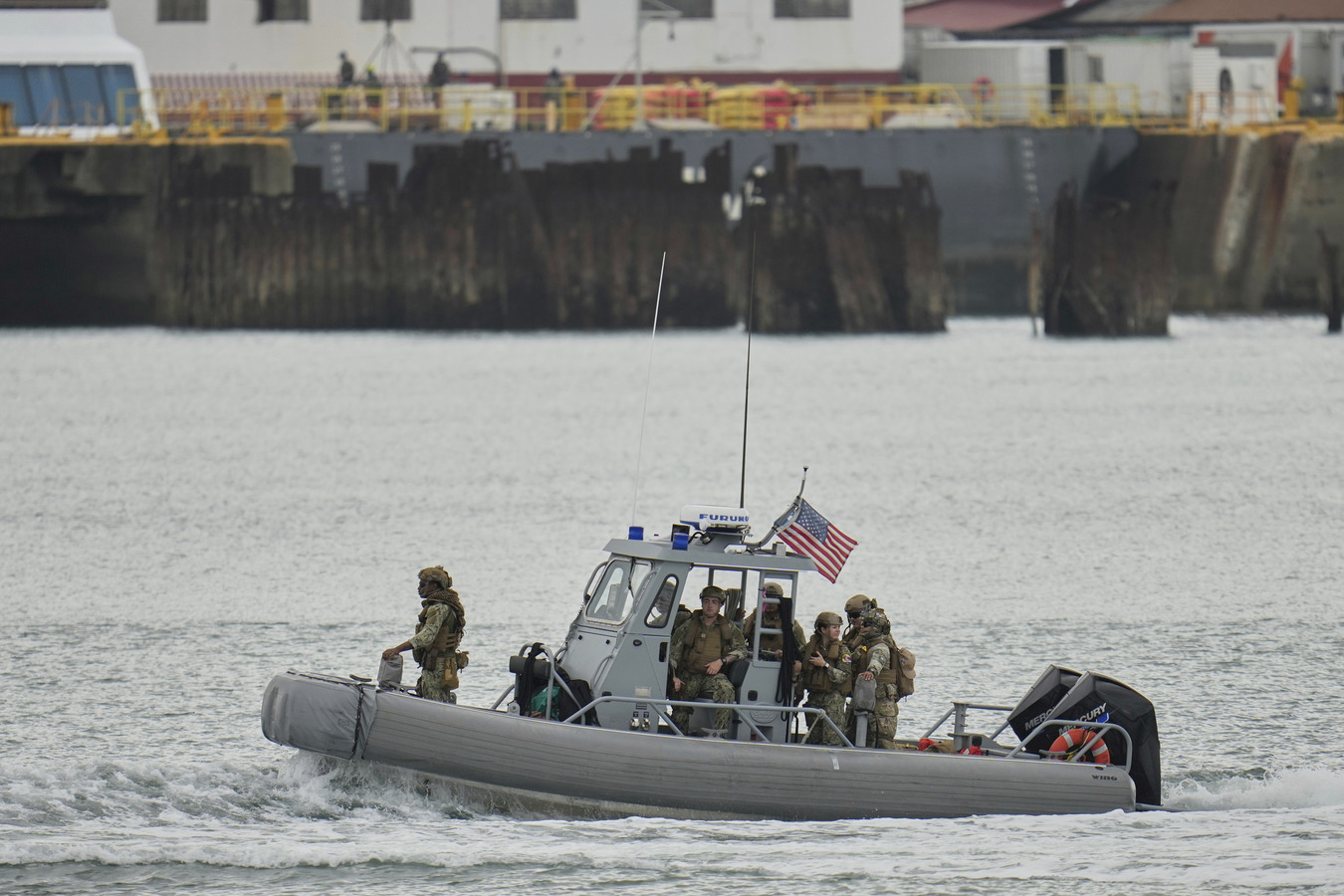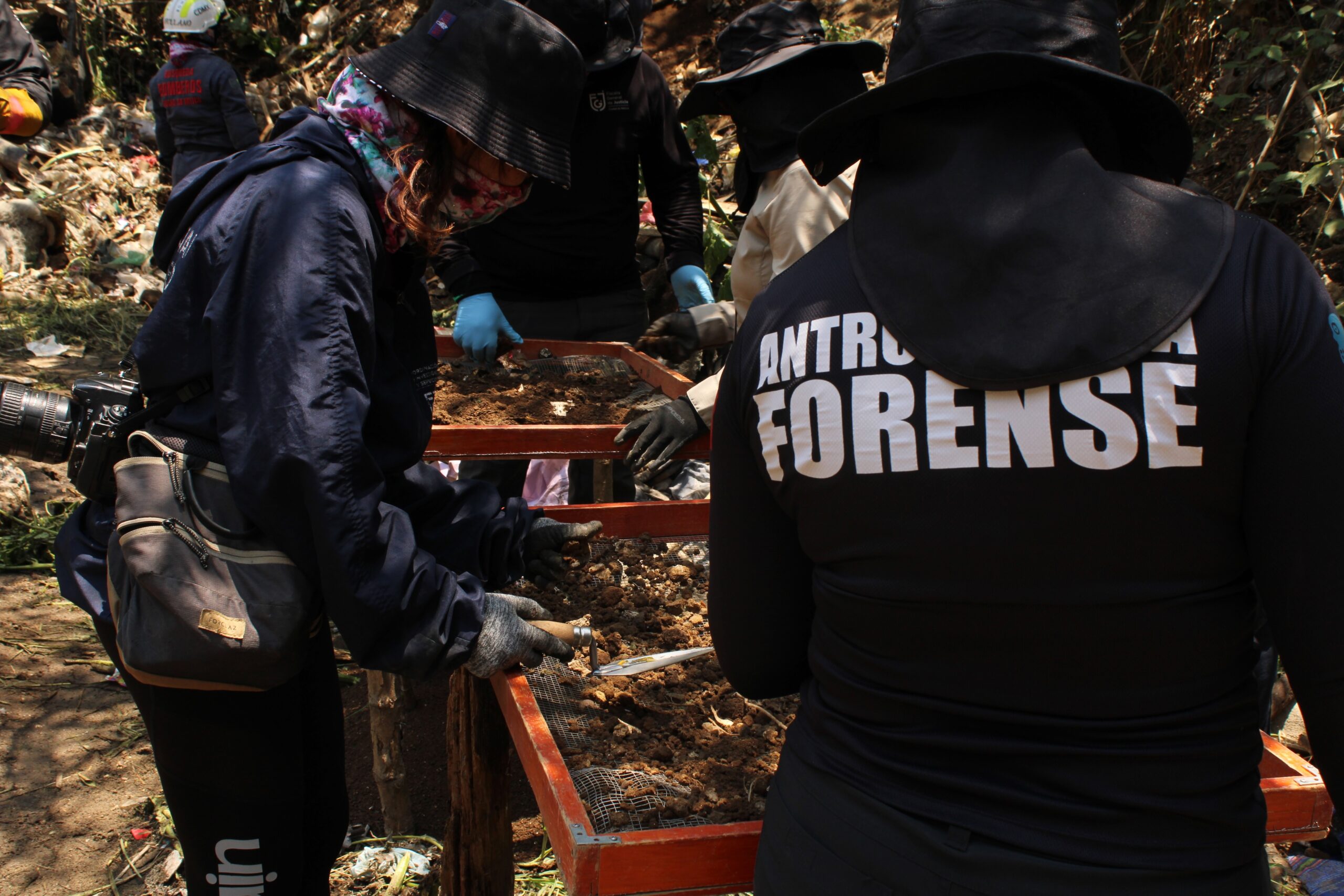Explainer: Defense Spending in Latin America
Explainer: Defense Spending in Latin America
Many countries are increasing expenditures on militaries and arms imports, ranging from higher salaries for soldiers to updating aging air force fleets.
In much of Latin America, defense spending is on the rise. Economic growth contributes to the increase, as do the continued challenges of drug trafficking and border security. Since 2003, military expenditures in the region rose 8.5 percent each year and amounted to $73 billion in 2011. AS/COA Online takes a look at some of the big spenders, both in terms of overall expenditures and in terms of percent of GDP.
Rising Defense Spending: A Regional View
The Stockholm International Peace Research Institute (SIPRI), which tracks defense spending worldwide, indicates that South American military spending rose from $44.9 billion in 2002 to $61.1 billion in 2011, based on 2010 prices and exchange rates. In Mexico, Central America, and the Caribbean, military spending rose from $4.9 billion to nearly $7 billion over the same period. Last year, significant increases from 2010 included Chile at 12 percent, Mexico at 5.7 percent, and Paraguay at 35 percent. Overall, however, military spending in Latin America dropped 3.3 percent in 2011, largely due in part to Brazil’s military budget cuts.
The South American Defense Spending Registry, a report issued this year by the South American Defense Council of the Union of South American Nations (UNASUR) also showed rising funding. The report found that Argentina, Bolivia, Brazil, Chile, Colombia, Ecuador, Guyana, Paraguay, Peru, Suriname, Uruguay, and Venezuela spent $126 billion on defense between 2006 and 2010. Brazil’s defense spending accounted for 43 percent of all spending, followed by Colombia and Venezuela at 17 and 11 percent, respectively.
Arms imports are also on the rise. SIPRI found that weapon imports to South America increased by 77 percent from 2002 to 2006 compared with 2007 to 2011. Similarly, North American arms imports rose 54 percent over the same period. In some cases—such as Chile, Peru, and Venezuela—natural resource revenues from oil and mining help fund arms purchases.
Though traditionally France, Germany, Israel, Spain, and the United States acted as top arms exporters to the region, China and Russia are growing players in defense exports to Latin America. Russia is quickly gaining on the U.S. arms export share worldwide, reaching 24 percent of global weapons sales from 2007 to 2011, versus 30 percent for the United States.
Brazil: A Big Spender Makes Cuts
The tenth-largest military spender in the world last year, Brazil spent $35.4 billion. However, that amount decreased by over 8 percent from 2010, when the government cut its discretionary military budget by a quarter in a bid to stall inflation. The country was the twentieth-largest arms exporter in the world and the largest in Latin America from 2007 to 2011. But it’s also a major importer. There is a possibility that arms spending could increase next year if the Brazilian government agrees on a $9 billion deal to purchase fighter jets. The government is evaluating proposals from U.S.-based Boeing, France's Dassault, and Sweden's Saab, though negotiations originally began 16 years ago.
In late May, Defense Minister Celso Amorim said Brazil will spend 2 percent of its GDP on defense in coming years in order to protect the country’s natural resources. Brazil must build its military preparedness to “react or dissuade any effort to invade our territory,” he explained. Protecting the borders is a top priority to curb drug trafficking, smuggling, and undocumented immigration. Last month, Brazil signed an agreement with Colombia for the joint construction of an airplane and a ship to patrol the Amazon, as well as a $10 million deal to purchase Amazon patrol vessels from the Andean country.
Brazil is also in the process of building five nuclear attack submarines in an effort that some say promises to change the balance of power in the South Atlantic. The submarines are part of the Brazilian government’s efforts to protect its extensive offshore oil fields, though Brazil could also provide support to Argentina in its claim to the Falkland Islands. President Dilma Rousseff symbolically began the construction process in July 2011, and engineering work on the first submarine is slated to begin next month. On May 30, a congressional commission approved the creation of a state-run company, Amazul, to develop the country’s nuclear submarine sector.
Modernizing Chile’s Aircraft Fleet
From 2007 to 2011, Chile was one of Latin America’s largest arms importers and ranked eighteenth overall globally. Chile has had one of the most active fighter aircraft modernization processes in Latin America, with four rounds of new purchases in the last two decades. The fourth round will replace a fleet of jets to be retired in 2015 and will be the largest arms procurement in Latin America after Brazil’s jet negotiations. The country also plans to purchase “the most advanced unmanned aerial vehicle in South America.” The first country to order the Israeli drone, Hermes 900 will be used for observation reconnaissance missions normally undertaken by the air force along the country’s long coastline.
While social spending also rose, military spending has outstripped health expenditures in Chile over the past decade. From 2007 to 2009, the country spent 3.5 percent of GDP on defense and 3.4 percent on health; from 2003 to 2006, Chile spent 0.8 percent more of GDP on the military than on health. In part, Chile’s defense modernization stems from growing revenues, since taxes on rising copper profits have helped fund new acquisitions.
Still Spending in Colombia
Military spending has risen steadily since 2002, reaching $10.95 billion last year. Colombia spent 3.6 percent of GDP on military and arms spending combined in 2010, tied with Ecuador for the largest portion of GDP spent on defense in Latin America. In September 2011, President Manuel Santos announced another spending increase: an additional $838 million for military equipment and expanded troops.
Ecuador’s Spiking Defense Expenses
Last year, Ecuador spent $2.3 billion on the military. In the region, Ecuador spends the highest percent of GDP on the military alone: 2.74 percent in 2010. The Andean country also had the highest percent increase in military spending in the world; from 2002 to 2011, military expenditures rose by over 200 percent.
Funding Mexico’s Anti-Drug Trafficking Efforts
Mexico’s military spending rose 52 percent in real terms from 2002 to 2011, funding extra troops to fight drug trafficking, boost salaries, and increase arms purchases. Last year, the country spent $6 billion on defense, a 5.7 increase from 2010. However, defense spending in Mexico is among the lowest in the hemisphere as a percent of GDP: only 0.5 percent in 2010. That year, personnel costs amounted to nearly 70 percent of total defense spending. Still, military salaries remain low, which some point to as a cause of corruption in the armed forces.
The Secretariat of Defense’s 2012 budget allocated $75 million for technology development, arms production and maintenance, new vehicles, and military equipment. The ministry focused on the air force, allocating one of the largest portions of the defense budget at around $87 million for operations and development. Since the country’s helicopter fleet is aging, the government has invested in new equipment. Last year, Mexico received two French-made Cougar helicopters after an initial purchase of 6 in 2010 and received three Black Hawk helicopters from the United States as a part of the Merida Initiative.
Expanding Peru’s Air Force
In Peru, military spending reached $2.09 billion in 2011, a nearly 40 percent increase from 2008. The government has also funded new aircraft purchases, in part to focus on coca eradication. In 2011, Peru signed an agreement to purchase 12 air force planes from Canada’s Viking Air for $100 million. Last year, the government announced a second plane purchase: a fleet of new fighter planes from Korea Aerospace Industries. But as the country was due to sign the $200 million contract with South Korea this month, Peru’s Ministry of Finance objected, saying the air force required previous approval from the ministry.
Weapons Imports Rise in Venezuela
Military spending in Venezuela has been erratic over the past nine years, ultimately falling to $2.38 billion in 2011. But weapons spending is on the rise. The Andean country accounted for the region’s largest increase in arms imports—555 percent over the nine-year span, making it the world’s fifteenth-largest weapons importer. Due to a U.S. blockade of arms purchases from both North America and allies such as Brazil and Israel, Venezuela increased weapons imports from China, Iran, and Russia. While analysts are uncertain whether a list of announced acquisitions from those countries will take place, “if all come to fruition, Venezuela could boast the most powerful air force in South America,” writes Flight Global Americas Managing Editor Stephen Trimble.
Russia in particular has stepped up exports to Latin America, and the region received 14 percent of all Russian weapon exports in 2011. In addition, Venezuela accounted for 10 percent of Russian military equipment exports last year. Russia pledged to loan Venezuela $4 billion from 2011 to 2013 to purchase Russian arms, though future deals could be impacted by “a possible power change” due to the upcoming presidential elections and President Hugo Chávez’s poor health. Iran has also provided military assistance, helping construct a gunpowder plant in the Andean country, and reportedly aiding Venezuela to build drones. China has sold a variety of military equipment to Venezuela, ranging from light aircraft to air surveillance systems. At present, China is helping construct the $140 million Venezuelan Remote Sensing Satellite, slated for launch in October.








